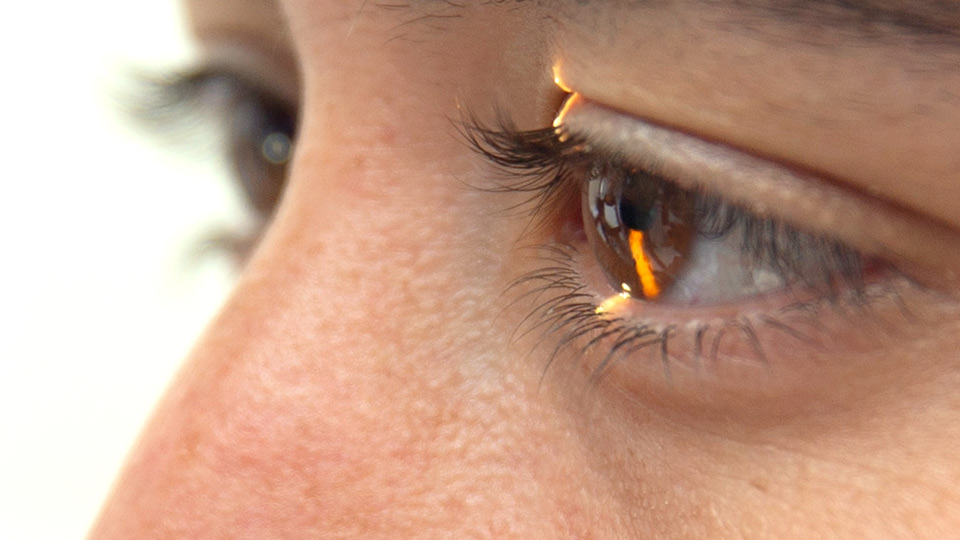What causes cataracts in the eyes and how to prevent them?
06/03/2025

02/02/2024
With age, it is normal to have difficulty reading or using electronic devices. This is presbyopia, a condition that will affect all people, typically over the age of 40. It is due to the gradual loss of the capacity for accommodation, the physiological mechanism that allows us to focus on nearby objects. It is a natural process by which this function, maximum during childhood, is gradually reduced until its total extinction towards the seventh decade of life. Presbyopia is believed to be caused by a decrease in the elasticity of the lens tissue (the lens inside the eye) that loses its ability to shorten the focal length of the eye.
Although there are solutions such as the use of glasses or contact lenses, more and more people are asking about the possibility of treating presbyopia more permanently. Although there are no strict rules about when presbyopia can be operated on, certain questions can serve as a guide.
The progressive nature of the decline in accommodation with age must be kept in mind. For this reason, the difficulty in seeing well up close seems to increase gradually and only “stabilizes” when this function has been completely exhausted after the age of 65. This progressivity determines treatment options depending on age.
The personal perception of presbyopia will depend on various factors. Firstly, the refractive state of the eyes, that is, whether or not there was a previous defect such as myopia or hyperopia. Naturally, myopes have a closer focal length without correction from glasses or contact lenses. Although they have reached the age of presbyopia and their accommodation has been reduced, they are often not aware of this since they can see well up close by removing their glasses for distance. The opposite occurs in farsighted people, since their refractive error in itself makes near vision difficult (although, on the other hand, many farsighted people have become accustomed to imprecise near vision and tolerate it better). The presence of a refractive error may justify earlier intervention, which could at the same time treat presbyopia.
Another important factor is lifestyle and individual visual needs. When a person requires clear and precise near vision for their work or daily activities, they will tend to experience this type of difficulty sooner and to a greater extent. Traditional correction methods may be cumbersome or impractical for certain activities, leading to consideration of surgical treatment.
Interventions on presbyopia are in any case optional. It is the patient who will make the decision, after consultation and information from the specialist ophthalmologist. A complete examination of the eye is necessary to rule out any pathology that could affect the results of the surgery, contraindicate it or increase the risk of complications, as well as specify the correct functionality and optical quality of all its components.
Even with an optimal eye condition for presbyopia surgery, it is essential to have realistic expectations about its results. Although near vision is generally significantly improved and glasses independence is achieved in most situations, glasses may still be necessary at some point, such as when reading in low-light or low-contrast conditions, or when viewing text or very small objects.
Today we have multiple procedures to treat presbyopia, each with its specific advantages and considerations, which is beyond the scope of this text. Briefly, corneal laser techniques are aimed primarily at patients in the age group under 50 years of age and in whom refractive errors occur. Although they are effective in correcting presbyopia at that moment, their effect will be limited in time (a few decades) due to the progression of the accommodation deficit. The only complete and definitive solution for presbyopia remains the exchange of the lens (with or without cataract) for a multifocal or extended focus intraocular lens. The specialist will be able to advise you on the best options in your case, taking all these factors into account.
Prof. Rafael I. Barraquer, medical director of the Barraquer Ophthalmology Centre
Todos sufriremos la aparición de la presbicia o vista cansada a partir de los 40 años. Aunque su progresión suele resultar incómoda, actualmente disponemos de un amplio abanico terapéutico para que el paciente pueda afrontar esta etapa sin renunciar a su calidad de vida. ¿Qué es la presbicia? ¿Cómo es su tratamiento? ¿De verdad vale la pena operarse? Despejamos todas las dudas.